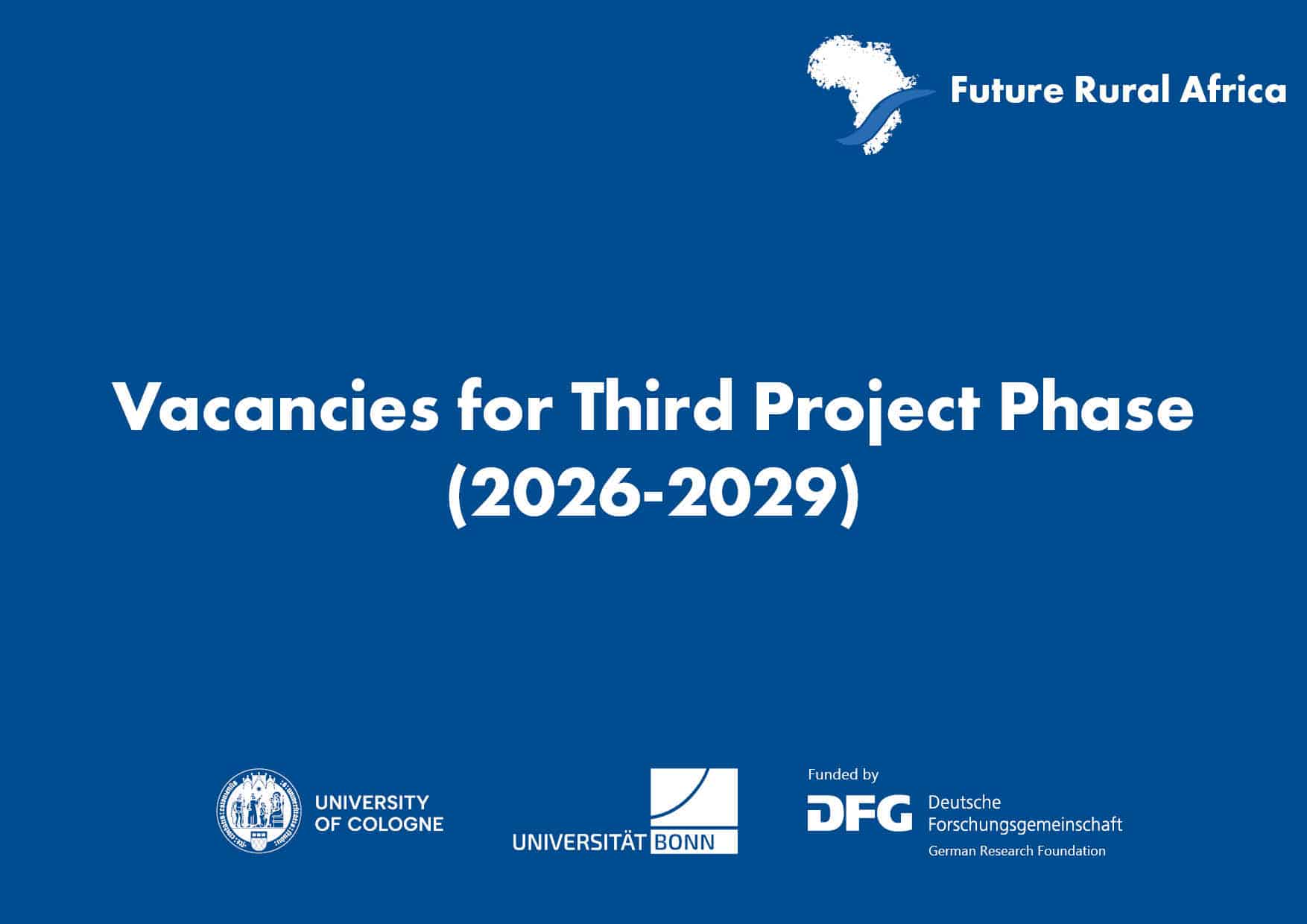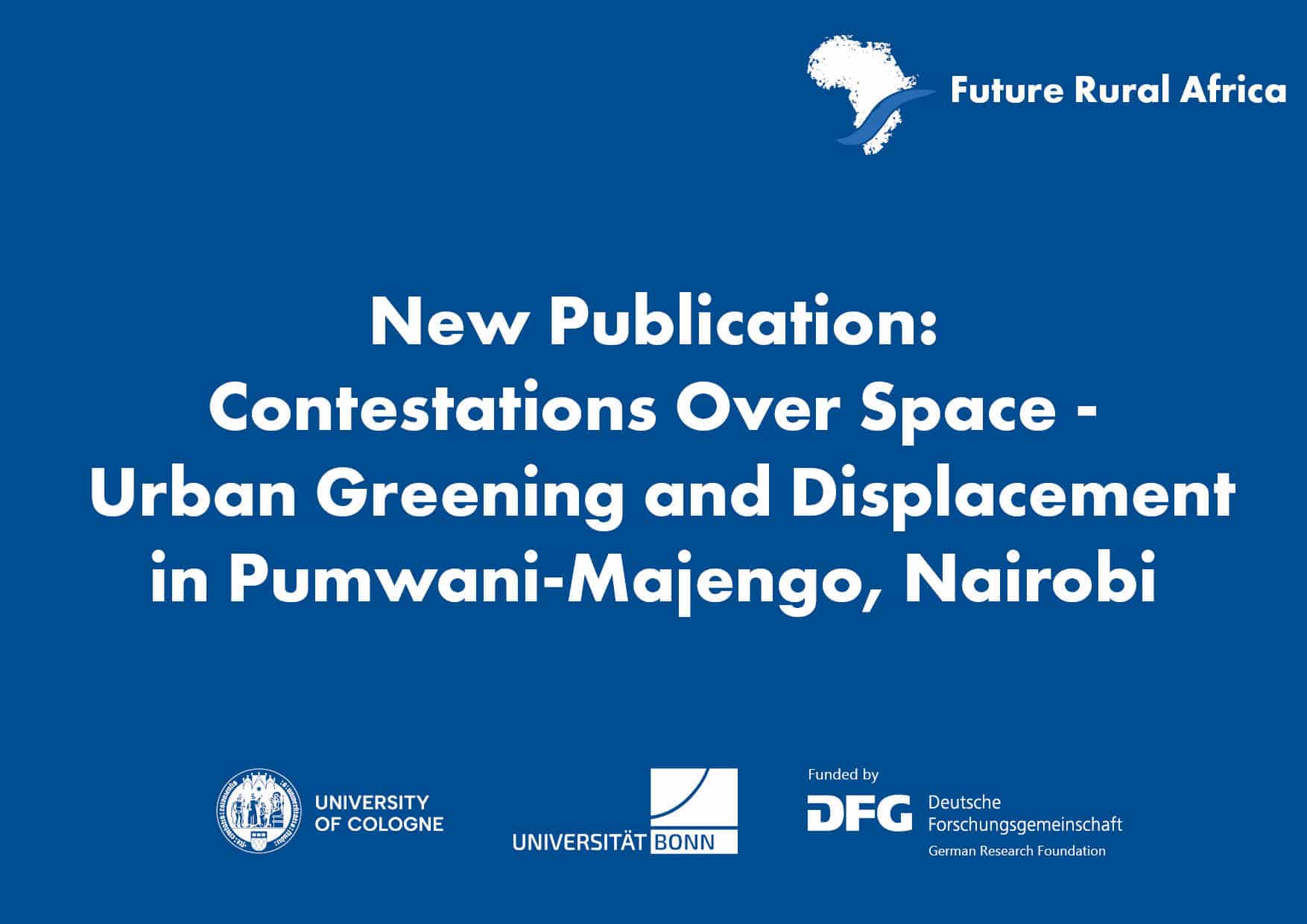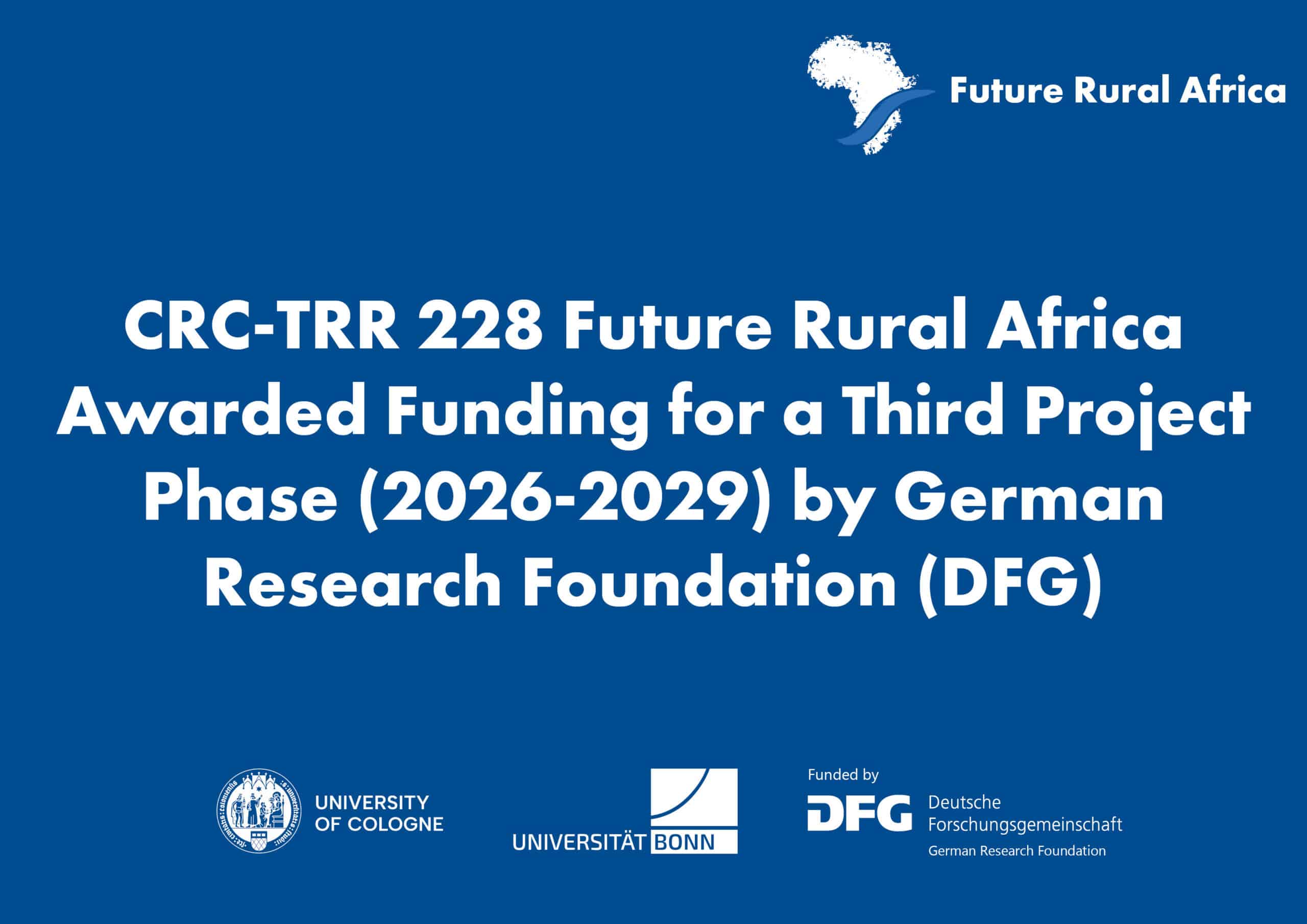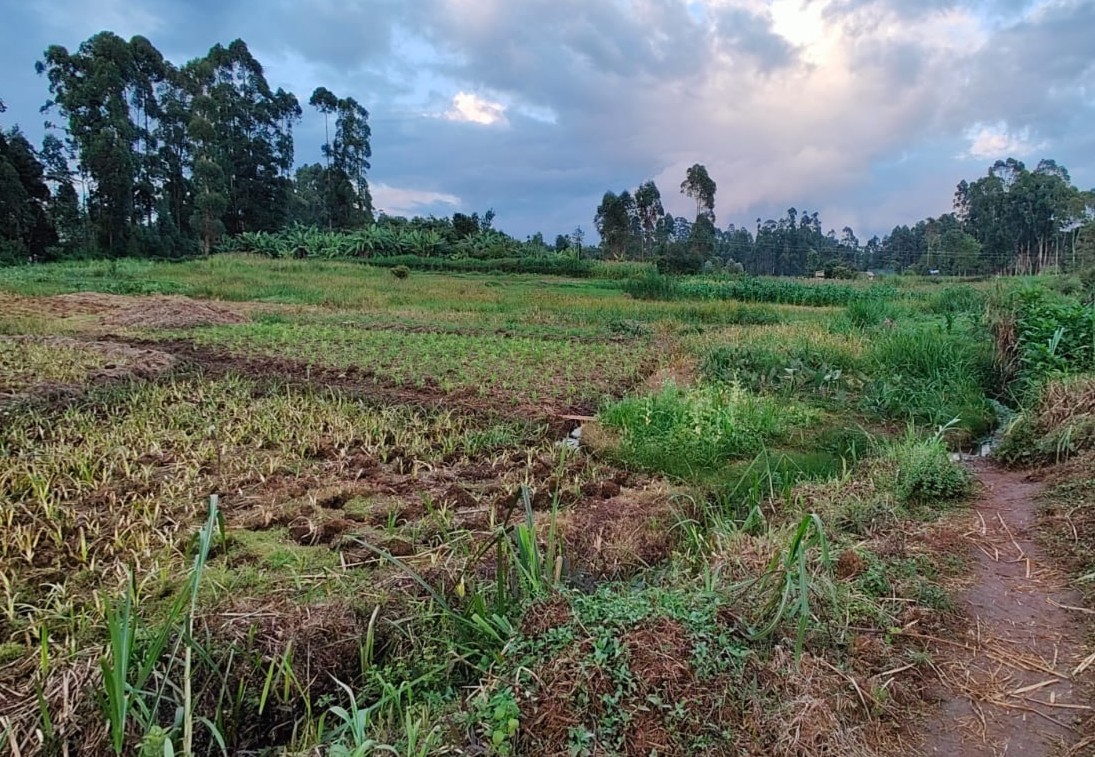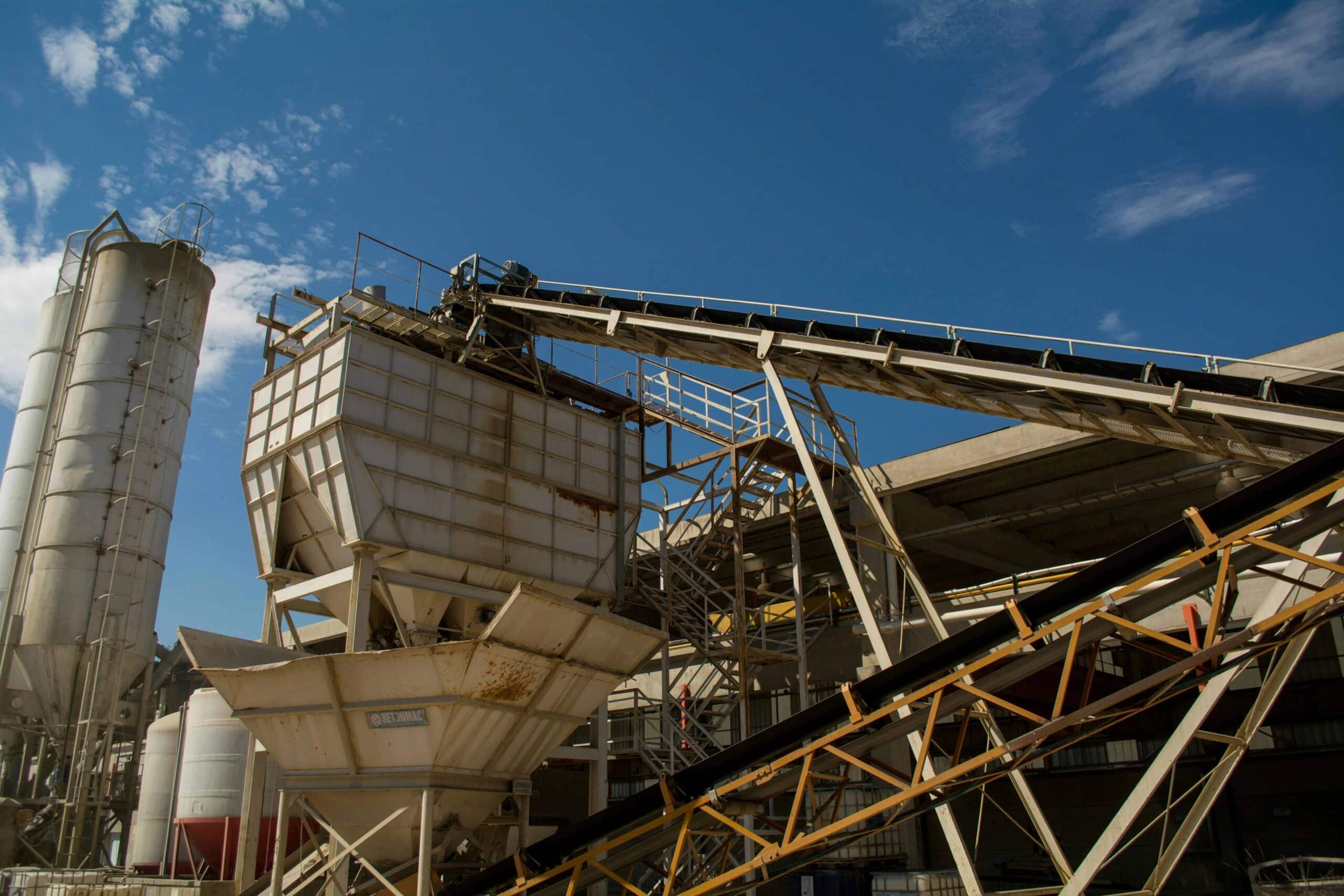In a pioneering model, the CRC-TRR 228, together with the German Development Bank (KfW) is funding research of junior researchers at the University of Namibia (UNAM), on topics that lie in the research agenda of the research center. While the KfW provides scholarships for selected students at UNAM, the CRC covers the research costs and co-supervises the work of 15 students who investigate topics related to future making in rural Namibia.
We spoke to two of these junior researchers, Ms. Fenny Nakanyete Ndapewa and Ms. Eva Kasinda about the scope of their research work and their set methodologies. The two junior researchers are associates of the CRC “Future Rural Africa”, and conduct their respective doctoral research within the contexts of sub-projects, Future in Chains and Future Carbon Storage.
Ms. Fenny Nakanyete Ndapewa: Rich products poor income

Fenny’s research “Indigenous Knowledge for Sustainable Livelihoods: Exploring Forest Products’ Value Chains for the Khwe and !Xun San in Bwabwata National Park and Okongo of Namibia” examines the value addition chain processes and trade benefits of indigenous forest products, namely, two species of devil’s claw (Harpagophytum procumbens and Harpagophytum zeyheri) and the natal oranges (Strychnos spinosa).

Although these forest products have the potential to drive commercial gains, the indigenous communities of Khwe and !Xun San are hardly reaping a sustainable income off this livelihood. To address this wedging gap, Fenny’s study analyses the existing value chains of the products, assessing why indigenous people are not fully participating in these value chains, and proposes ways in which value addition could profit the two communities.
The study is being conducted in Bwabwata National Park in the Kavango East/ Zambezi regions and Okongo in Ohangwena, where Fenny hopes to do a comparative study of the two areas and
the two sub-tribes of the San communities (Khwe and !Xun San). ‘This comparative approach will give my study an opportunity to assess and understand diverse causal processes and systems involved in forest products commercialization,’ remarked Fenny.
Methodological Approach
Through a mixed-method approach, the study makes use of ethnographic methods (interviews and focus group discussions), and quantitative surveys, administered to the Khwe and !Xun San harvesters and traders, local and foreign traders and processors, local authorities, and government institutions, that make up the value chain of devil’s claw and natal oranges.
Perceived impact
She hopes that her study will illustrate the potential and significance of value addition on and value enhancement of indigenous forest products as a base for sustainable livelihoods of the disadvantaged San communities. Similarly, bridge the existing knowledge gap between indigenous products, value chains, and sustainable livelihoods for indigenous communities in Namibia. Such knowledge could present sustainable strategies implementable by decision-makers in resolving the socio-economic hardships experienced by indigenous people.
Ms. Eva Kasinda: Fires, soil, and organisms’ diversity
Most of the fires in the Kavango West Region happen around the dry season when there is more biomass available which leads to high fire intensity. In this area, burning is conducted during the end of the rainy season (March/April), early dry season (June/July), and late dry season (October/November). While this practice is part of the production process, there is insufficient knowledge on the impact of these induced fires on soil properties, vegetation, and species diversity – macroinvertebrates (e.g., grasshoppers, beetles, millipedes, ants, etc.). Eva’s research tackles this knowledge gap by assessing the effects of fire seasons on woody species diversities, soil macroinvertebrates’ diversities, and soil physical and chemical properties.
Sampling methodology
Through a nested quadrat technique comprising of a 20 m x 20 m quadrat with a 10 m x 10 m sub quadrat, Eve first evaluates the status of the shrubs and trees, either dead or alive, and then measures the height, canopy cover, scorch height – to identify signs of fire, and the presence of fruits or flowers. In the same quadrats used for the vegetation sampling, she sets pitfall traps filled with 2 % solution of water and detergent to collect the macroinvertebrates. These organisms are particularly important in breaking down organic matter and improving soil fertility by releasing nutrients. Lastly, she collects soil samples which she analyses the texture (Sand, Silt, and Clay), bulk density, pH, organic matter, nutrients (presence of phosphorus, nitrogen, and Cation Exchange Capacity), and the soil carbon stocks.
Expected outcome and perceived impact
The tangible outcome of this study is to inform the relevant stakeholders; policymakers, park, and ecosystem managers as well as farmers on the effects of and how to improve fire management plans. Consequently, illustrates the effects of the different fire seasons on tree species diversity, compositional diversity, and soil properties. ‘This is because current fire management policies in Namibia lack sufficient scientific backing and the findings in this study will reduce the knowledge gap of the impact that is associated with an early and late fire burning,’ concluded Eva.
In a pioneering model, the CRC-TRR 228, together with the German Development Bank (KfW) is funding research of junior researchers at the University of Namibia (UNAM), on topics that lie in the research agenda of the research center. While the KfW provides scholarships for selected students at UNAM, the CRC covers the research costs and co-supervises the work of 15 students who investigate topics related to future making in rural Namibia.


